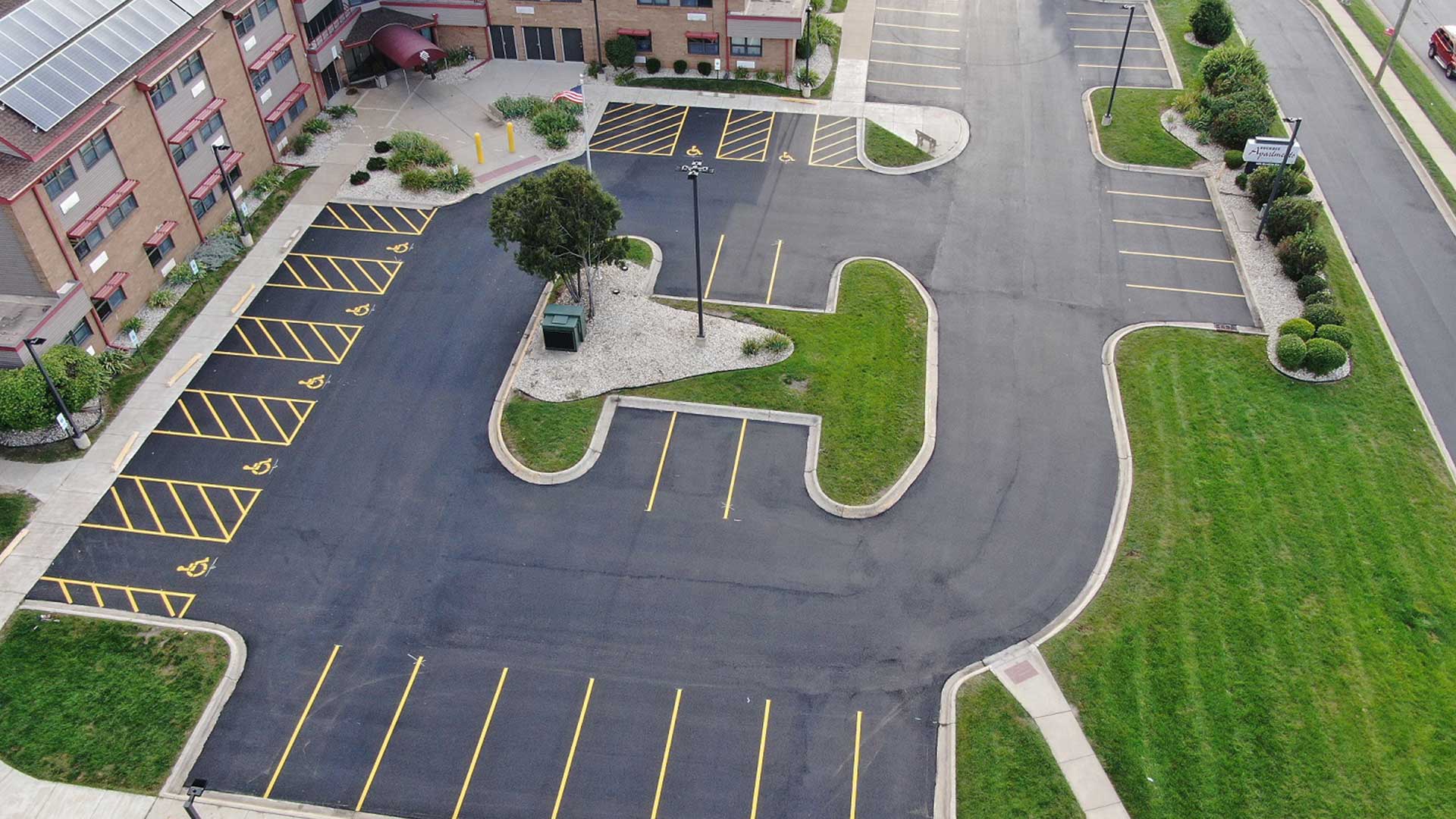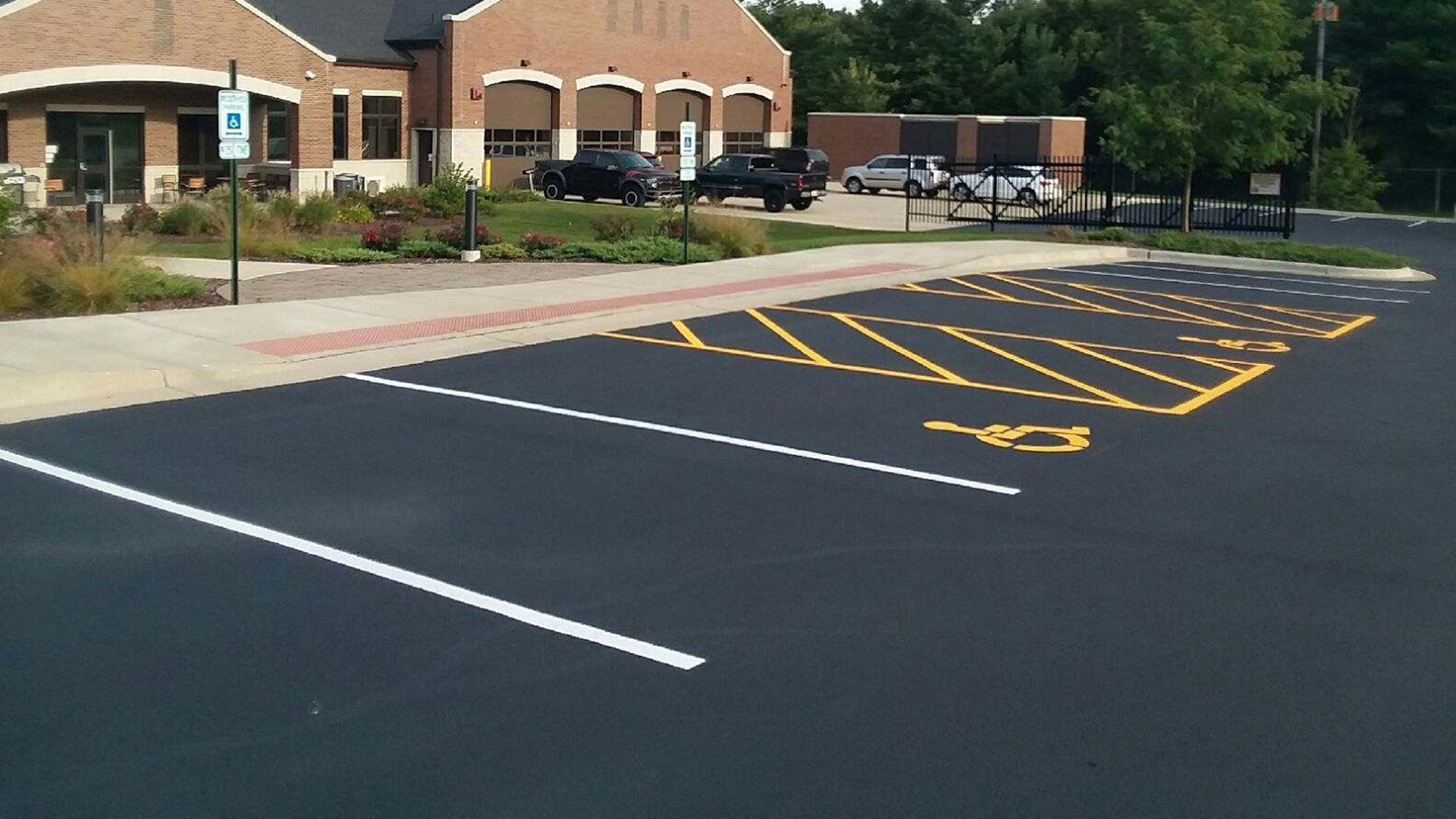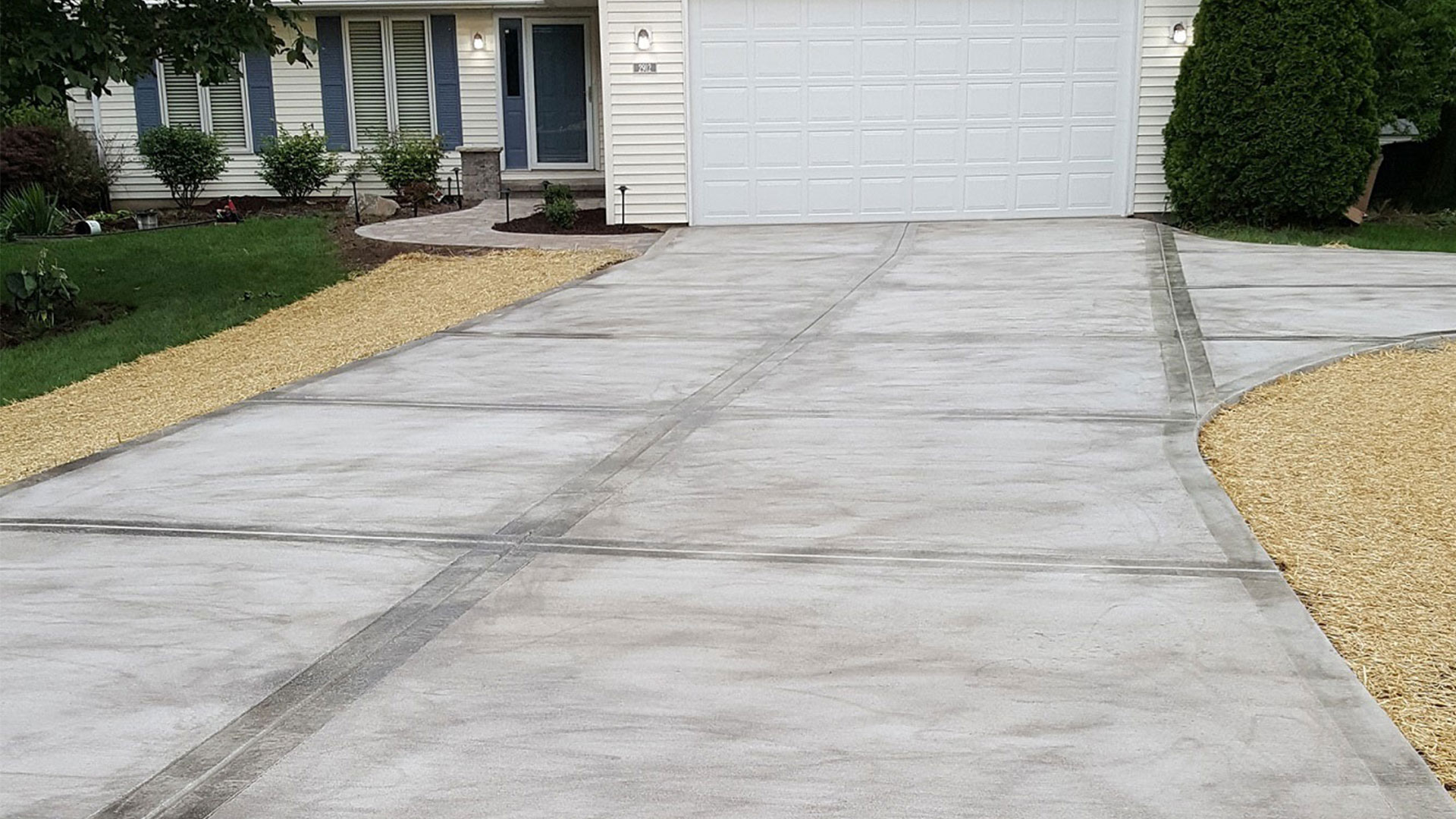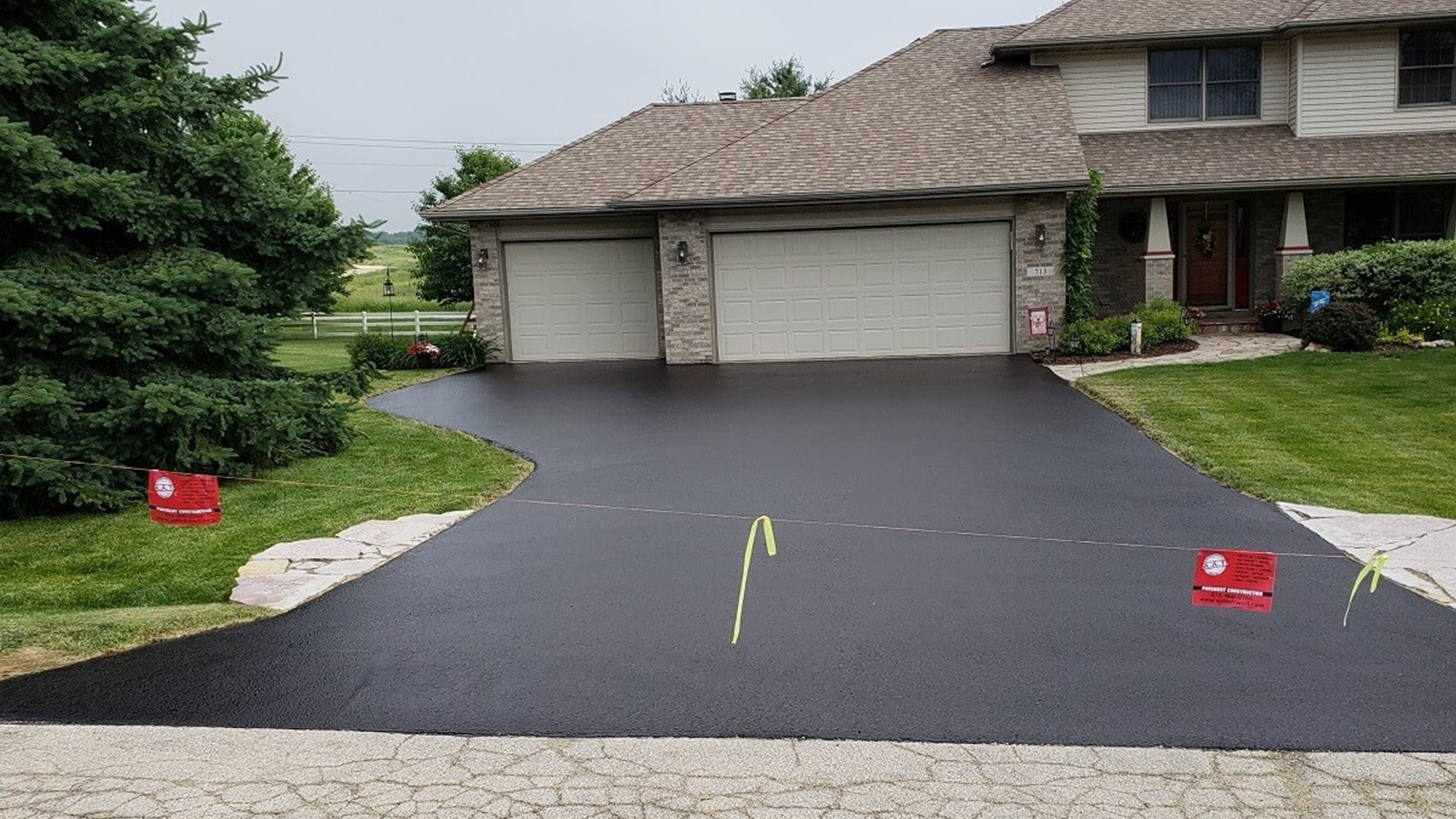Storm Drains / Manholes
Installing storm drains and manholes involves several steps to ensure proper functioning and to mitigate potential failures:
Process of Installation:
- Planning and Design: Engineers create a comprehensive plan based on site conditions, water flow, and capacity requirements. This includes determining the placement, size, and type of storm drains and manholes needed.
- Excavation: Digging trenches to the required depth and dimensions to accommodate the storm drain pipes. Excavation must be precise to avoid issues later.
- Pipe Installation: Placing the storm drain pipes within the trenches, ensuring correct alignment and slope for efficient water flow. Pipes are often made of concrete, plastic, or metal, depending on the project specifications.
- Connection and Sealing: Properly connecting pipes with watertight seals to prevent leaks. Manholes are strategically placed for access to the drainage system and are sealed securely.
- Backfilling and Compaction: Once the pipes are in place, trenches are filled with suitable materials and compacted to prevent settling or shifting of the pipes.
- Surface Restoration: Restoring the surface area to its original state, ensuring proper drainage away from structures and preventing erosion.
Potential Failures and Remedies:
- Leakage: Poorly sealed connections or damaged pipes can cause leaks. Regular inspections and maintenance can detect leaks early. Repairs involve resealing joints or replacing damaged sections.
- Blockages: Debris, sediment buildup, or collapsed pipes can obstruct the flow of water. Routine cleaning and clearing of storm drains prevent blockages. In severe cases, hydro-jetting or pipe replacement may be necessary.
- Settling or Shifting: Improper compaction during backfilling can cause pipes to settle or shift. This can lead to misalignment, reducing drainage efficiency or causing structural damage. Ensuring proper compaction during installation and periodic inspections can help identify and rectify these issues.
- Corrosion or Degradation: Over time, pipes can corrode or degrade due to environmental factors or material weaknesses. Regular inspections and timely replacement of deteriorating sections can prevent major failures.
- Design Flaws: Inadequate planning or design flaws can lead to system inefficiencies or failures. Regular assessments and, if necessary, system redesign or upgrades can address these issues.
- Poor Maintenance: Neglecting routine maintenance can exacerbate problems. Implementing a proactive maintenance schedule, including inspections, cleaning, and repairs, helps prevent failures. Storm drain and manhole installation require precision, adherence to standards, and ongoing maintenance to ensure their effectiveness and longevity. Regular inspections and prompt repairs are key to preventing and addressing potential failures.




